A Brilliant, modest, and with a great sense of humour, Honorato del Hierro is an artist with an eclectic career behind him, including IT Engineer and local Chief of Police, but the constant in his life has been painting. As he says, “I just have to paint.” Now a highly recognised artist in the region, his work is admired by an increasing number of fans, who are seduced by the light in his paintings and the love with which he features the people and urban landscapes of La Mancha, the land of Don Quixote.
Our Editor Julia Pasarón has known him since she was eight years old, so she couldn’t resist the opportunity to interview him in the town where they both grew up, Ciudad Real. My first memory of Honorato (Nora to his friends) is of a laughing teenager, teasing his sister Miti and me with his identical twin José Andrés while we pretended to do homework. Nora was always painting. There were drawings of his everywhere in the house. When he was a kid, he lived in Córdoba with his family for several years. There, he attended Art School for a bit (outside normal school) and he reckons this it was where he learnt to draw.
Apart from that period, he never really had any formal artistic education. His granddad Honorato was a very skilled artist, but he died before he was born. The work he left behind was, in Nora’s words, “truly amazing.” There weren’t really art books at home when Nora was growing up, but being the perfectionist he is, he wanted his drawings to be as good as possible, so he kept practising until they were good enough in his young and critical eyes. When he and his family moved back to Ciudad Real in 1981, his formal studies took over and eventually he stopped painting all together.
Every canvas is a journey all its own.
–– Honorato Del Hierro

Nora also attained a Bachelor’s degree in Marketing and spent years travelling around the country setting up IT systems for stores. “It was exhausting,” he confessed, “at some point I couldn’t take it anymore and quit. I was already based back in Ciudad Real so it was then (1996) that I became Chief of Police in Malagón, a small town nearby. Believe it or not, my job in the Police brought me a routine that I was craving and slowly, allowed me space in my mind to think of other things, among them, art.” So the painting seed germinated inside him and in 2003, he gave his wife a watercolour of a horse, which she absolutely loved and so, she encouraged Nora to keep painting. He took that watercolour to frame and the shop owner asked to see more of his work with the idea of selling it in his shop.
“He sold 20-30 small paintings of mine. That success, however small it was, awoke something in me and I started to paint much more regularly.” His first real taste of success came when one of his early works (a large format watercolour on paper called “In a place called La Mancha”) was selected for a competition at the prestigious Museum López Villaseñor, which he won. In other years, he has been commended a total of seven times. Nora’s work best fits the figurative realism style and has often been referred to as hyperrealism; but he doesn’t like that label at all, “realist art doesn’t look like a photo,” he stated, “hyperrealist does. It is never my intention that my work looks like photos, that is what photos are there for. I want my work to be an artistic representation of what I see.”
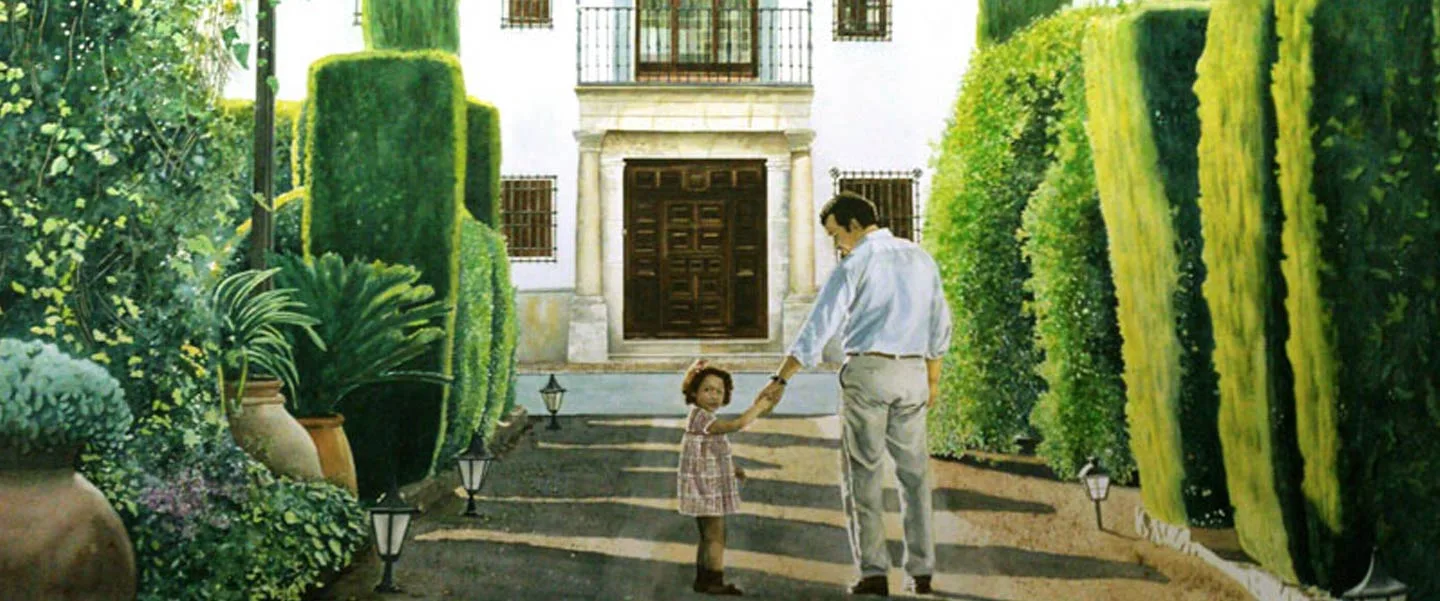
However, nobody paints for money. If you paint, you do it because you love it. When people tell me that they think my paintings are expensive I explain to them that one, there is a lot of effort and hours of work behind them and second, that each and everyone of them are totally exclusive. I don’t do lithographs or copies of any kind. “ What is unquestionable is his talent. Everybody I know that has seen any of Nora’s paintings has been floored. I’ve always believed that one can’t learn to be an artist. He seems to agree with me, “I think that an artist is born with natural talent. Then you have to learn technique, evolve, and practise.
Lately Nora is trying to move away a bit from realism, and try a looser style. One of his latest paintings, a black and white portrait of his daughter as a Soviet officer, shows her with blind eyes, with the intention of awakening strong reactions from viewers. When asked why this change, he answered, “realism doesn’t impress as much as I thought, it doesn’t provoke the same reaction in the viewer.” For a perfectionist like him, this is not going to be an easy journey, “It is difficult to know when to stop, that is true. In a way, I think all realist artists feel that their paintings are never completely finished.”





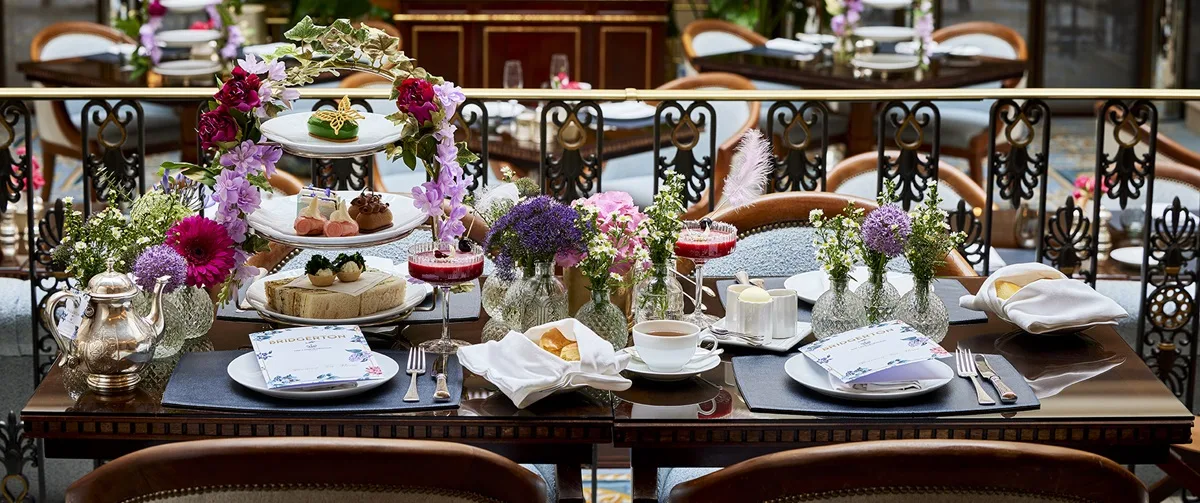
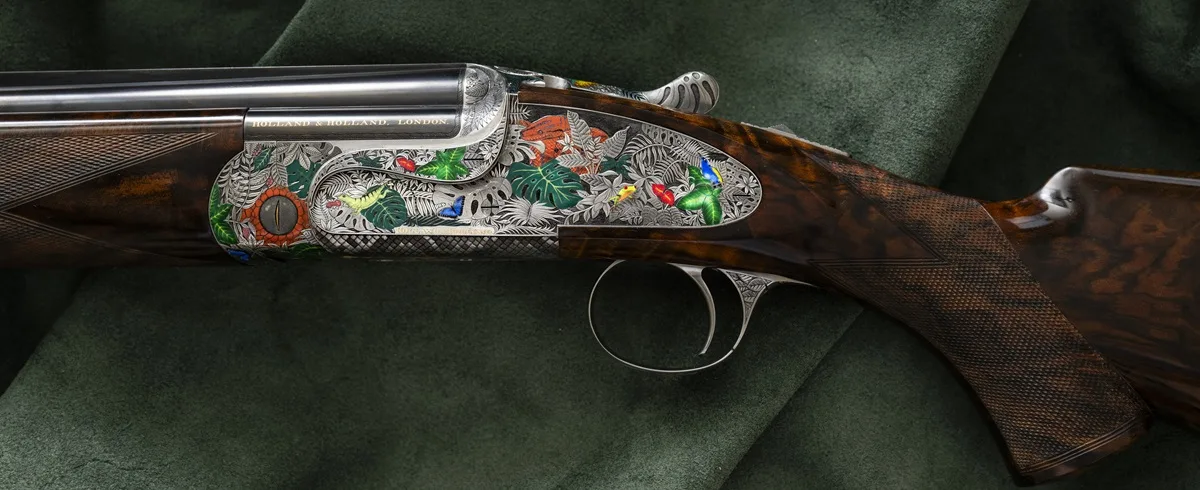
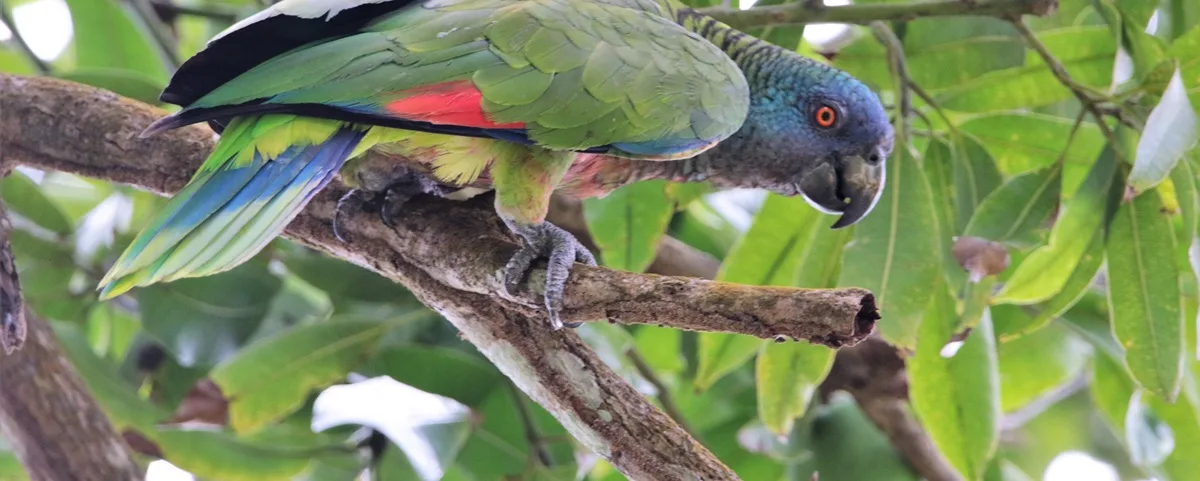

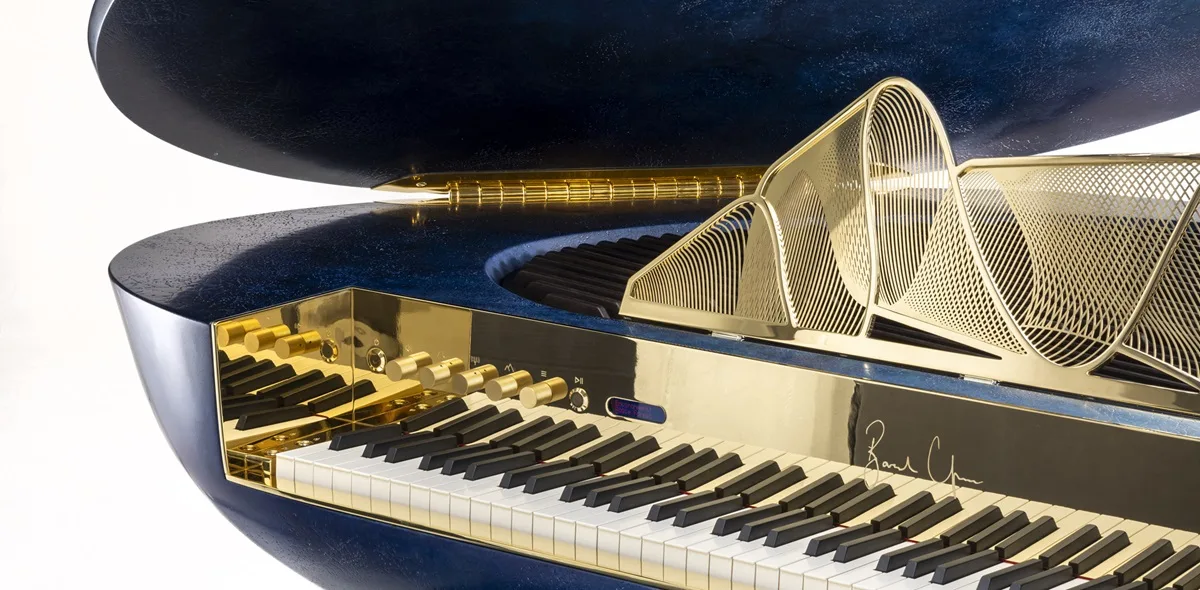
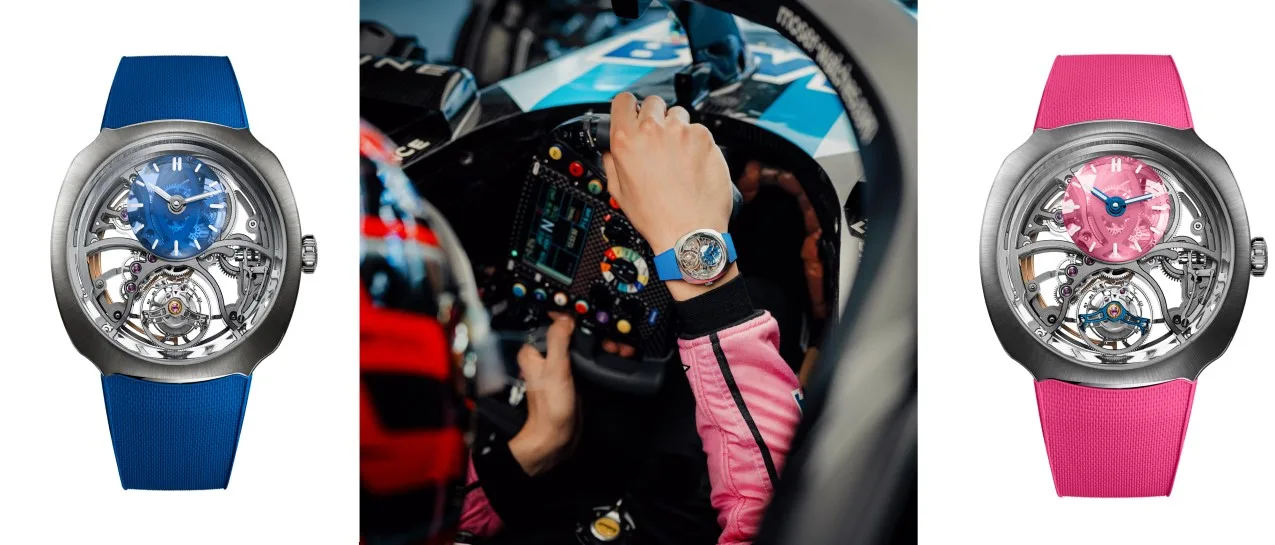
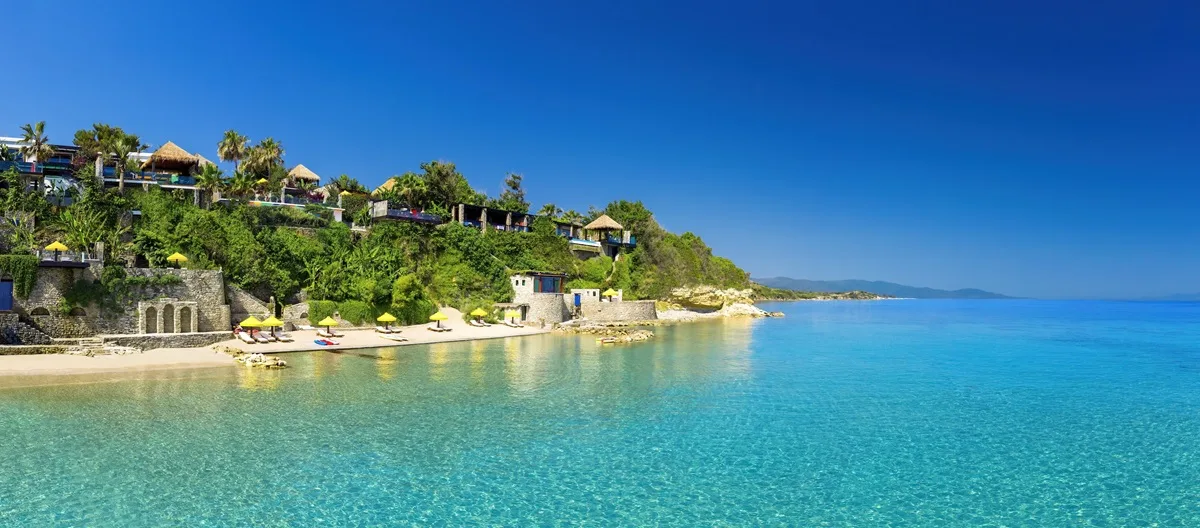


Show Comments +